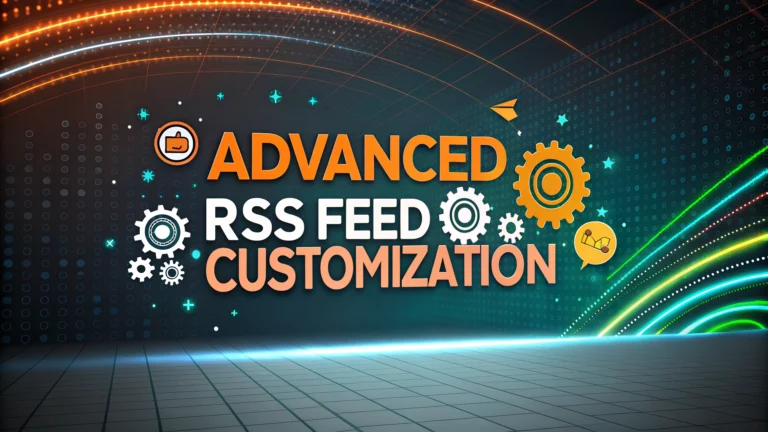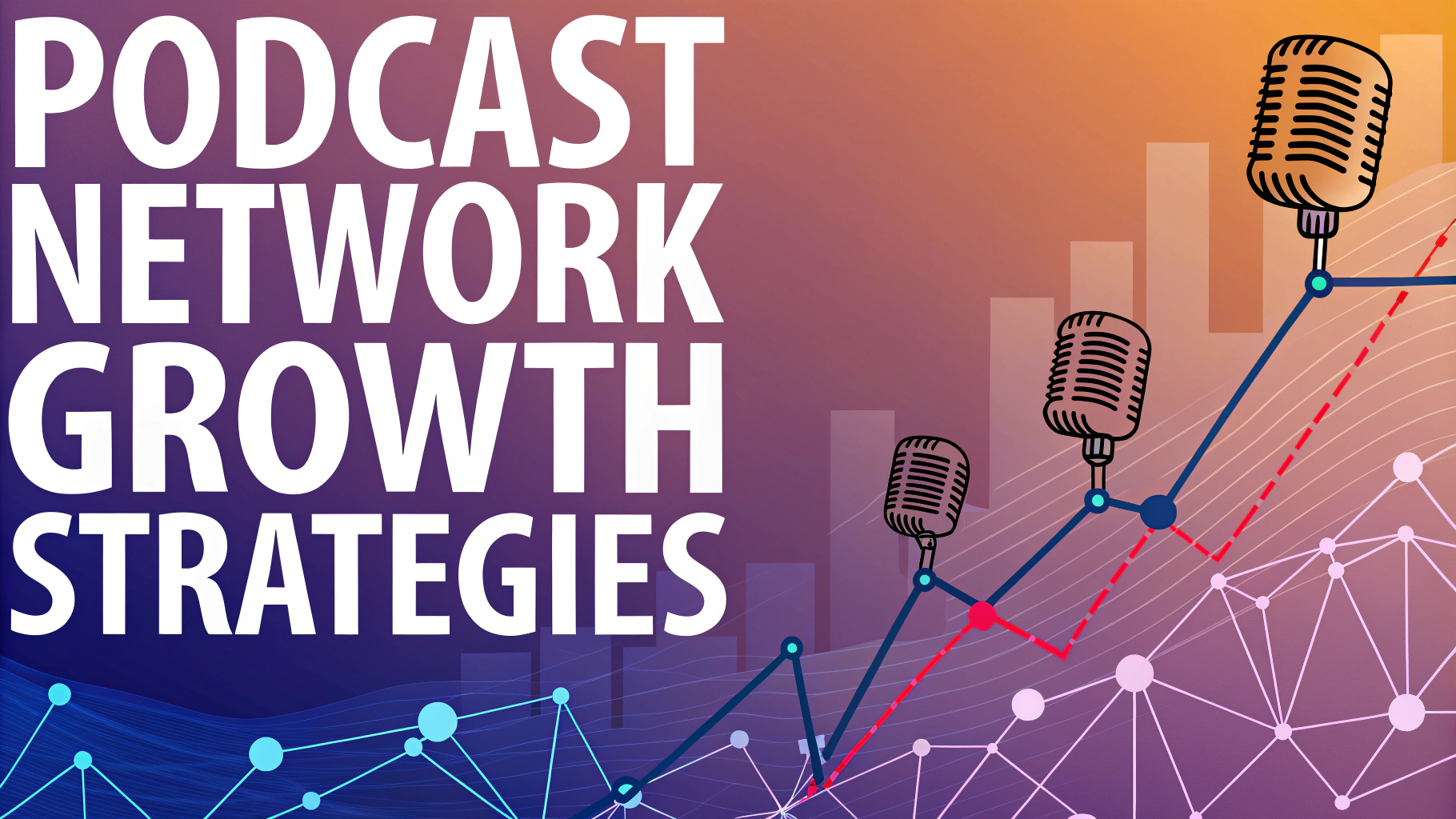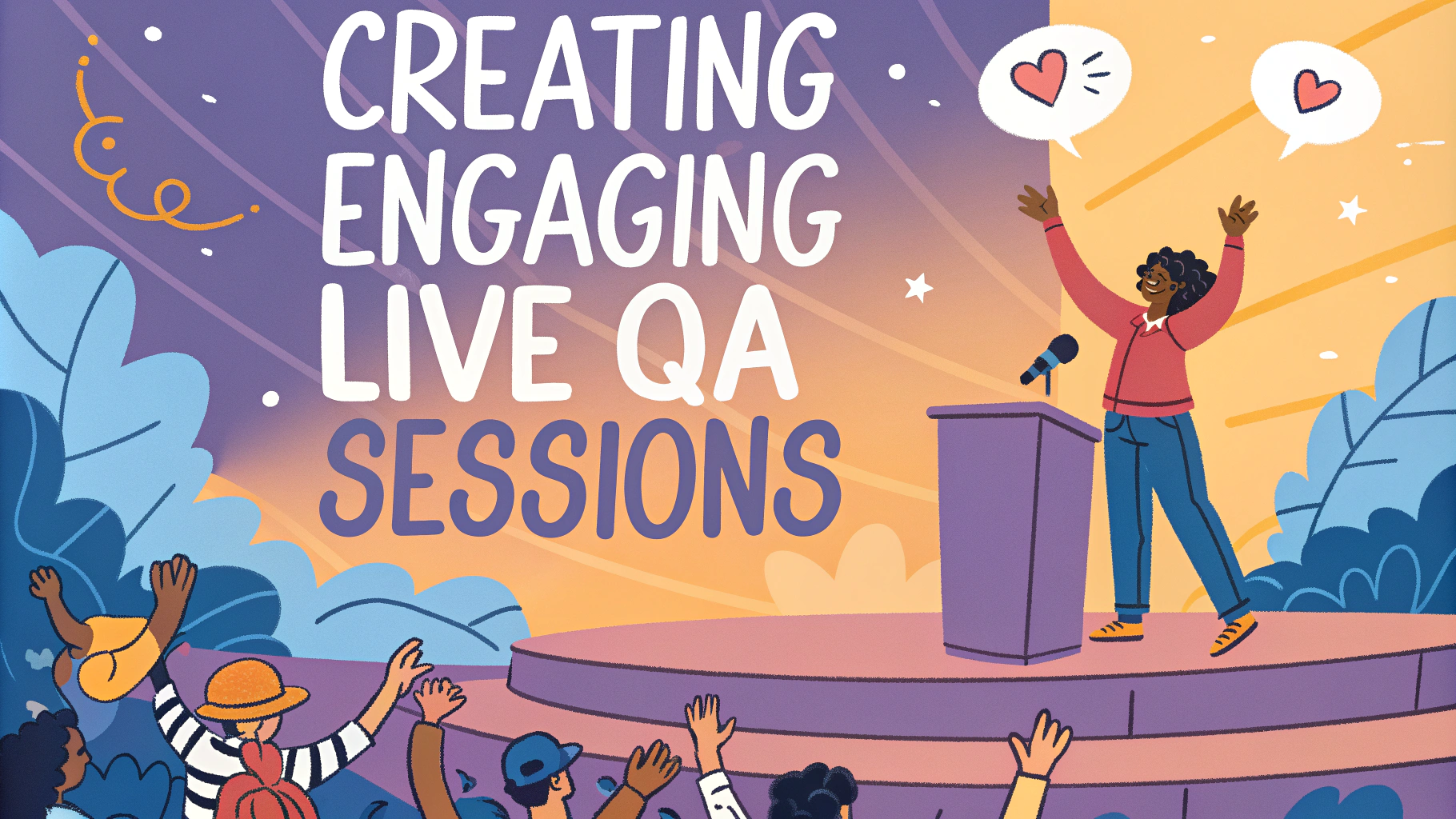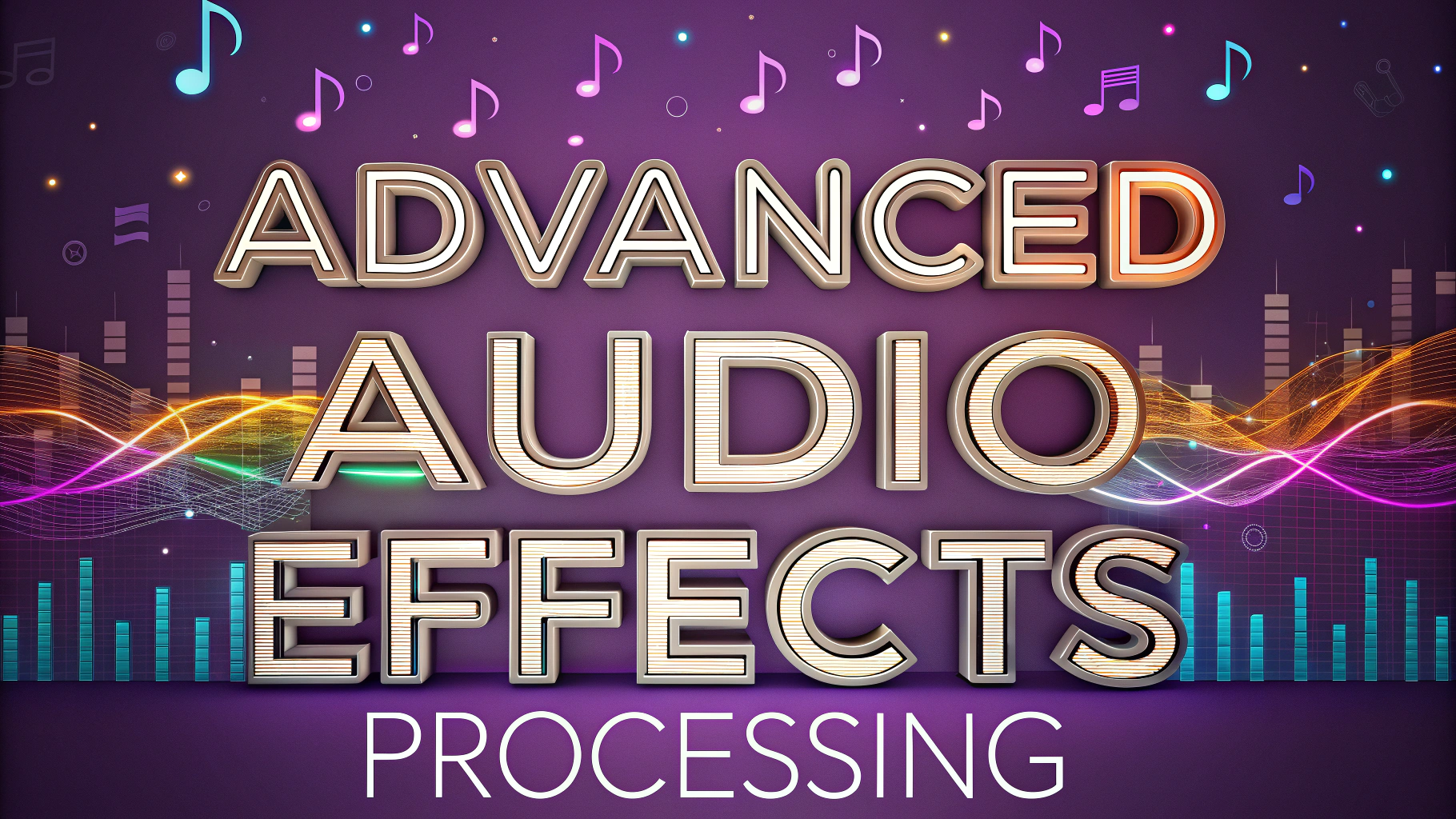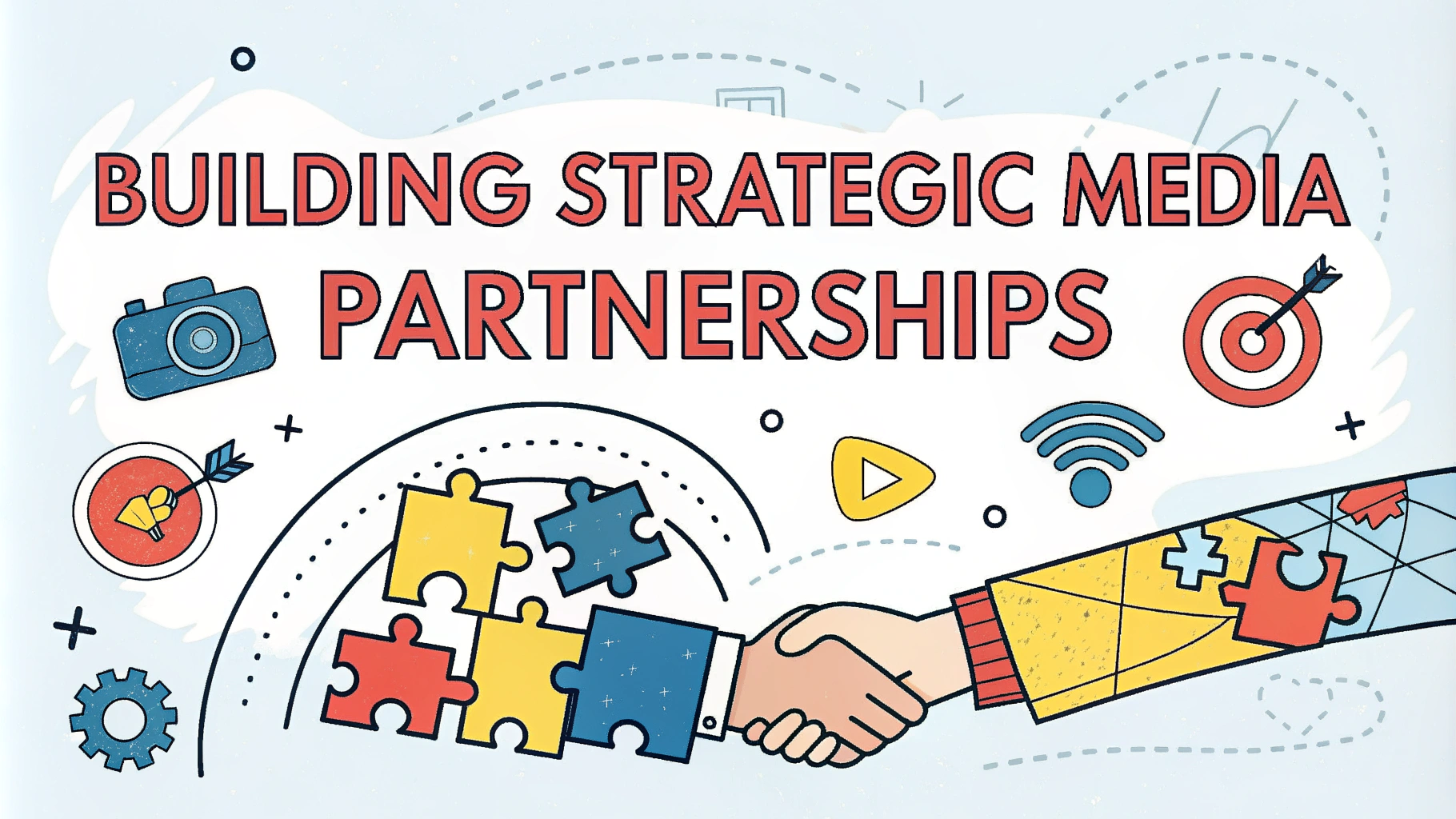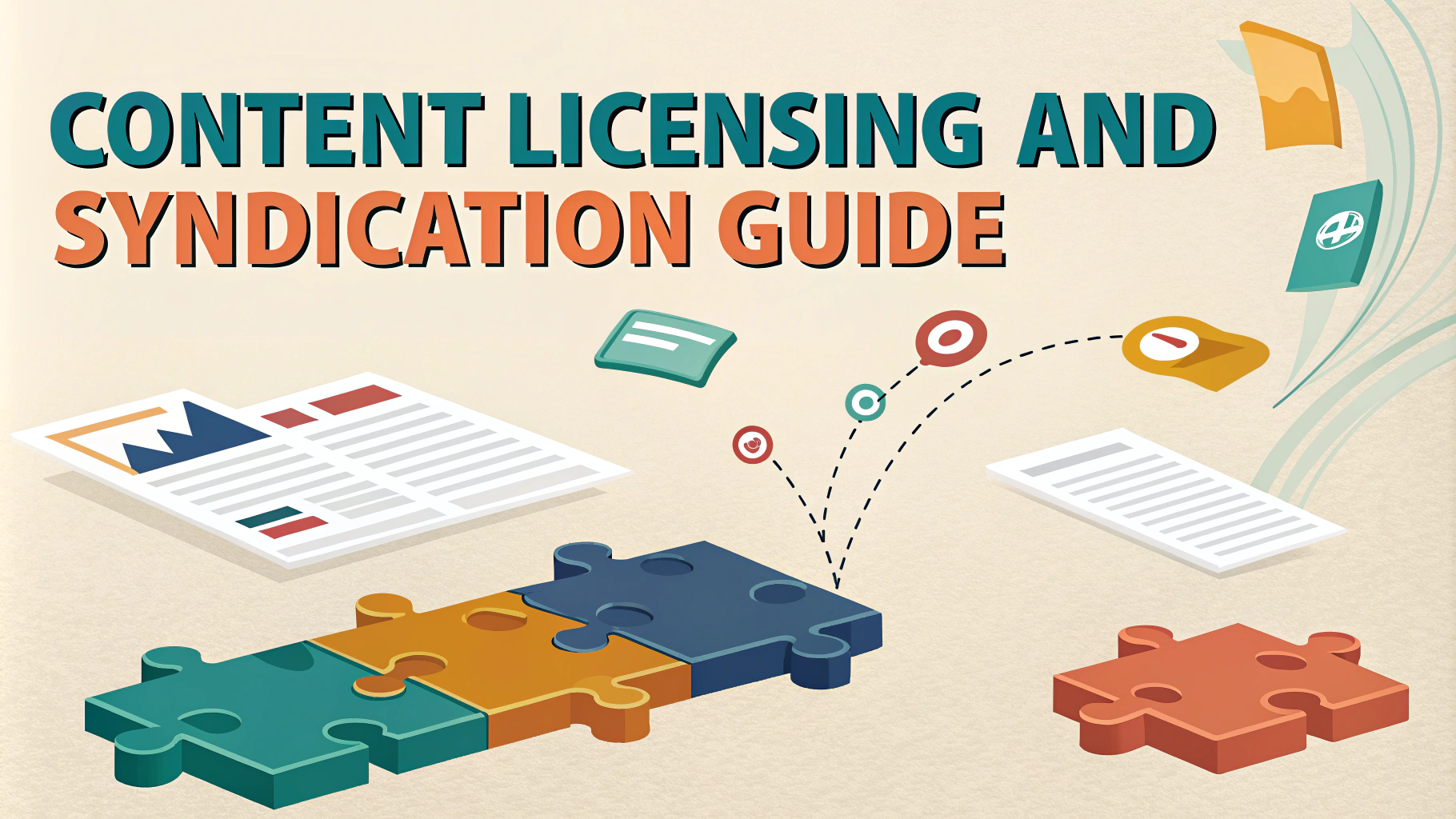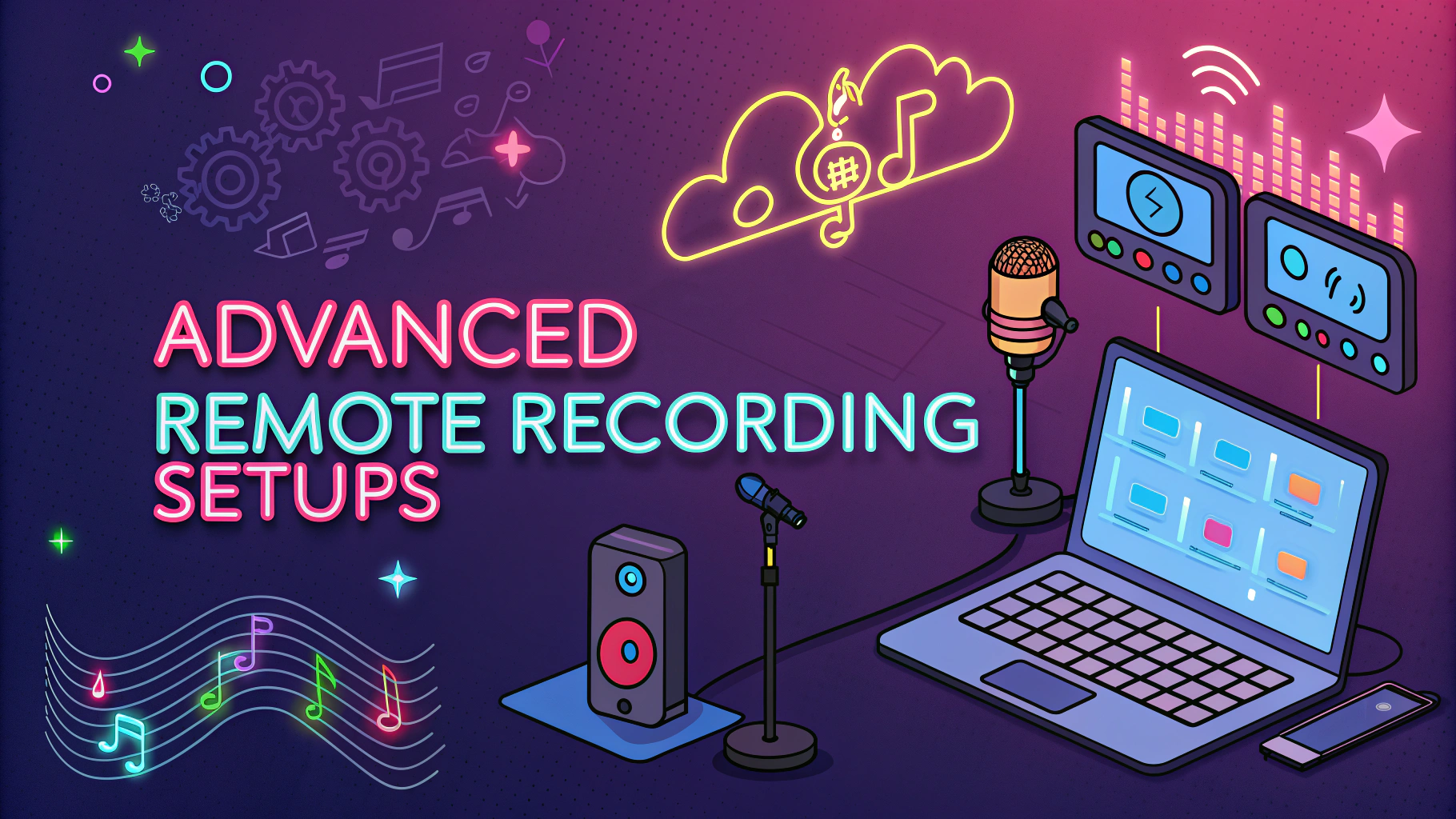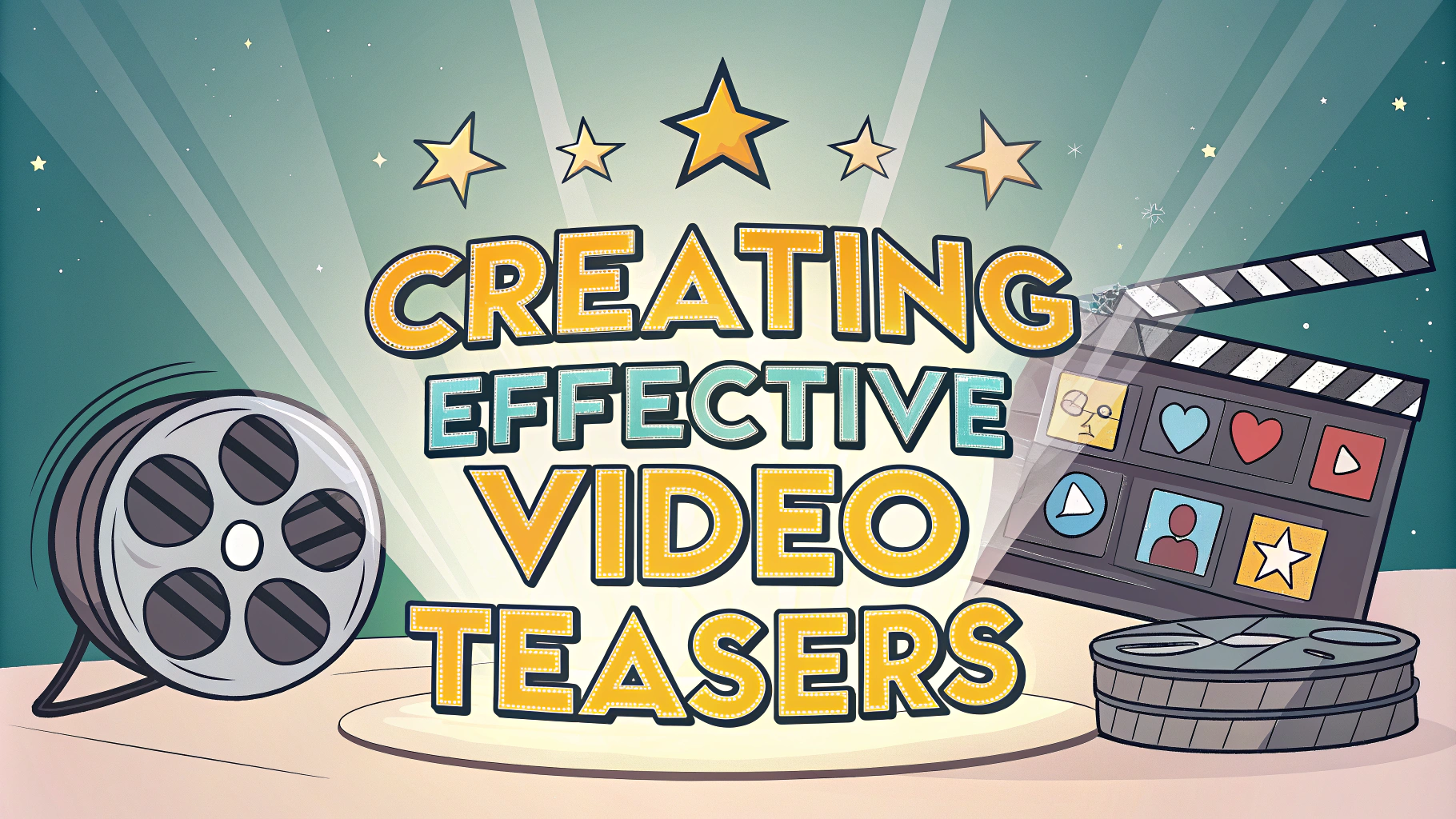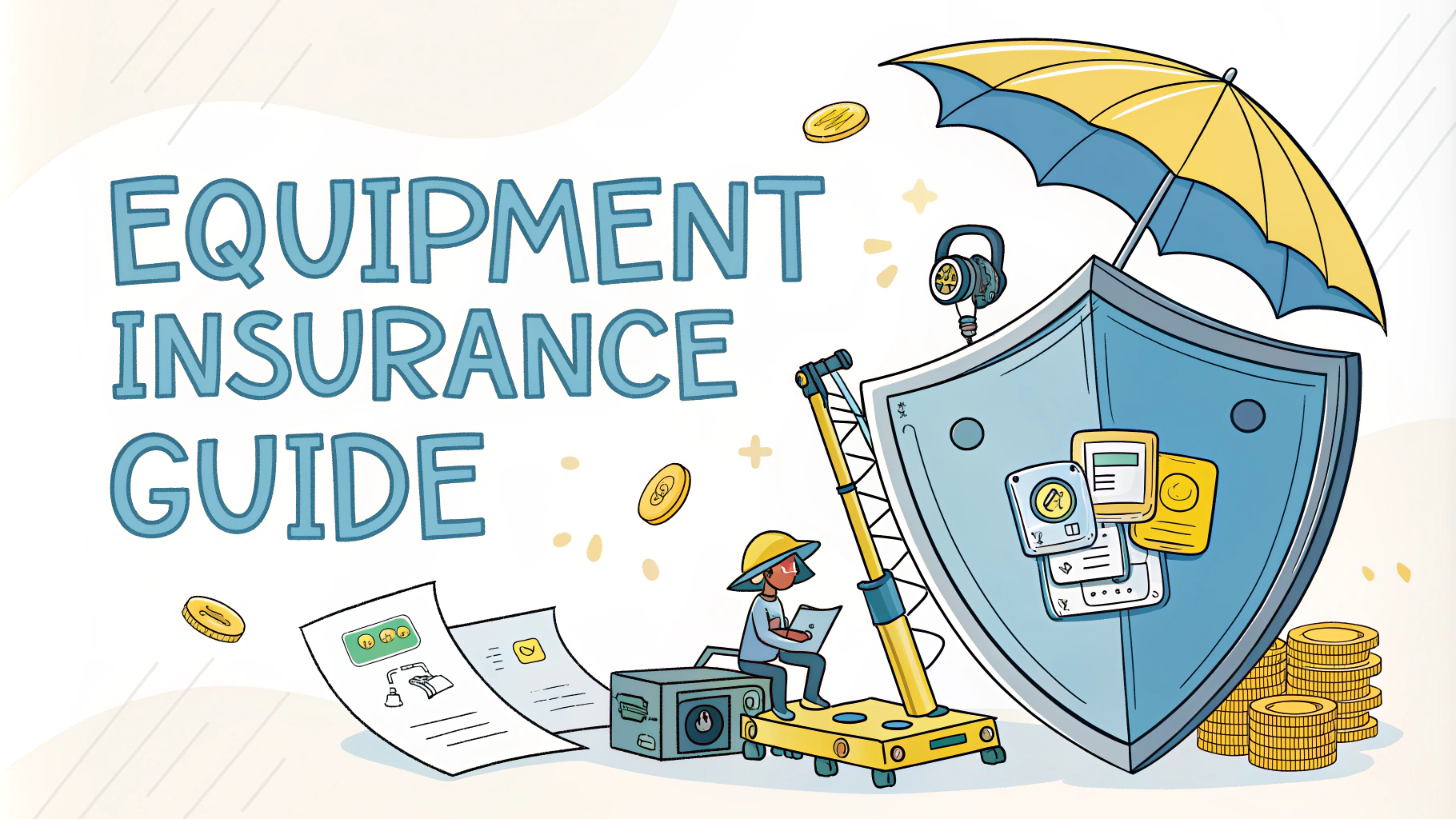RSS feed customization helps podcasters distribute content more effectively and reach listeners through specialized channels.
Tailoring RSS feeds allows for better organization, targeting, and delivery of podcast episodes to different audience segments.
This guide covers essential techniques for customizing podcast RSS feeds to enhance distribution and listener experience.
Core RSS Feed Elements for Podcasting
The <channel> element contains basic podcast information like title, description, and artwork.
Each <item> represents an individual episode with its metadata and media file links.
- Title tags (<title>)
- Description fields (<description>)
- Media enclosures (<enclosure>)
- Publication dates (<pubDate>)
- Category tags (<category>)
Advanced Customization Options
Custom namespaces allow for platform-specific features like Apple Podcasts categories or Spotify episode types.
| Platform | Namespace | Key Features |
|---|---|---|
| Apple Podcasts | xmlns:itunes | Categories, artwork, explicit tags |
| Google Podcasts | xmlns:googleplay | Description formatting, author info |
| Spotify | xmlns:spotify | Episode types, season numbers |
Feed Optimization Tips
- Use CDATA sections for descriptions containing HTML
- Implement proper encoding (UTF-8) for special characters
- Include high-quality artwork (minimum 1400×1400 pixels)
- Validate feed syntax using tools like podbase.com
Content Distribution Strategies
Multiple RSS feeds can segment content by topic, season, or language.
Dynamic feed generation helps deliver personalized content based on listener preferences.
Technical Requirements
- Valid XML formatting
- Secure hosting (HTTPS)
- Consistent update schedule
- Proper media file hosting
Next Steps for Implementation
Start by auditing your current RSS feed using validation tools like Cast Feed Validator (castfeedvalidator.com).
Contact podcast hosting providers like Libsyn (libsyn.com) or Anchor (anchor.fm) for platform-specific implementation support.
Regular monitoring through analytics tools helps track feed performance and listener engagement.
Feed Monetization Options
RSS feeds can incorporate dynamic ad insertion tags for automated sponsorship placement.
- Pre-roll, mid-roll, and post-roll placement markers
- Demographic-based targeting capabilities
- Integration with major ad networks
- Custom sponsor message implementation
Analytics and Performance Tracking
Implement tracking pixels and unique identifiers to measure feed performance across platforms.
Key Metrics to Monitor
- Download statistics per episode
- Geographic distribution of listeners
- Platform-specific engagement rates
- Feed load times and reliability
Security Considerations
Protect your RSS feed integrity with these essential security measures:
- SSL certificate implementation
- Access control headers
- Rate limiting for feed requests
- Regular backup systems
Maximizing Podcast Reach and Impact
Regular feed maintenance and optimization ensure consistent content delivery and growing audience engagement.
- Schedule routine feed validations
- Update metadata promptly
- Monitor platform-specific requirements
- Implement listener feedback systems
Future-Proofing Your Podcast Distribution
Stay current with evolving RSS standards and platform requirements to maintain optimal podcast distribution.
Establish a regular review process for feed structure and implementation strategies.
Consider emerging technologies and formats that may impact future podcast distribution methods.
FAQs
- What is RSS feed customization for podcasting?
RSS feed customization for podcasting is the process of modifying your podcast’s XML feed to enhance its functionality, visibility, and distribution across various podcast platforms and directories. - How can I add episode chapters to my podcast RSS feed?
You can add chapters by including chapter markers in your RSS feed using the <podcast:chapters> tag, either as inline XML or by linking to an external JSON file that contains chapter information. - What are the essential elements needed in a podcast RSS feed?
Essential elements include <title>, <description>, <link>, <language>, <copyright>, <lastBuildDate>, <pubDate>, <category>, <author>, and media enclosure tags for episode files. - How do I optimize my podcast RSS feed for Apple Podcasts?
Include Apple-specific tags like <itunes:image>, <itunes:category>, <itunes:explicit>, <itunes:author>, and <itunes:owner> to ensure proper display and categorization in Apple Podcasts. - Can I include multiple audio formats in my RSS feed?
Yes, you can include multiple audio format enclosures for each episode using separate <enclosure> tags, though most podcast platforms will only use the first compatible format they encounter. - How do I implement season and episode numbers in my RSS feed?
Use the <itunes:season> and <itunes:episode> tags within each episode item to specify season and episode numbers for proper sequential organization. - What is the maximum file size limit for RSS feeds?
RSS feeds should typically be kept under 512KB, though some services allow up to 1MB. Larger feeds may cause loading issues or be rejected by podcast directories. - How often should I update my podcast RSS feed?
Update your RSS feed whenever you publish new episodes or make changes to existing content. Most podcast hosting platforms automatically handle feed updates when you publish new content. - What are RSS namespaces and why are they important for podcasting?
RSS namespaces are XML declarations that enable special podcast-specific features. Common ones include ‘itunes:’, ‘googleplay:’, and ‘podcast:’ namespaces, which allow for platform-specific functionality. - How can I validate my podcast RSS feed?
Use validation tools like Podbase.com, Cast Feed Validator, or Apple’s Podcast Feed Validator to check for errors and ensure your feed meets technical specifications for various platforms.
